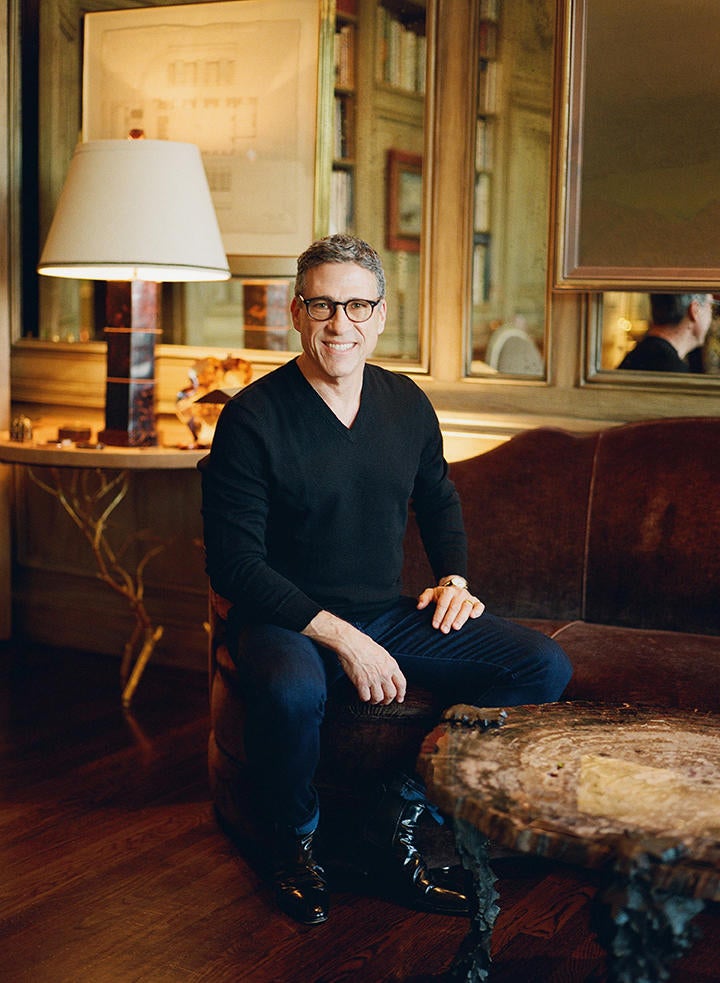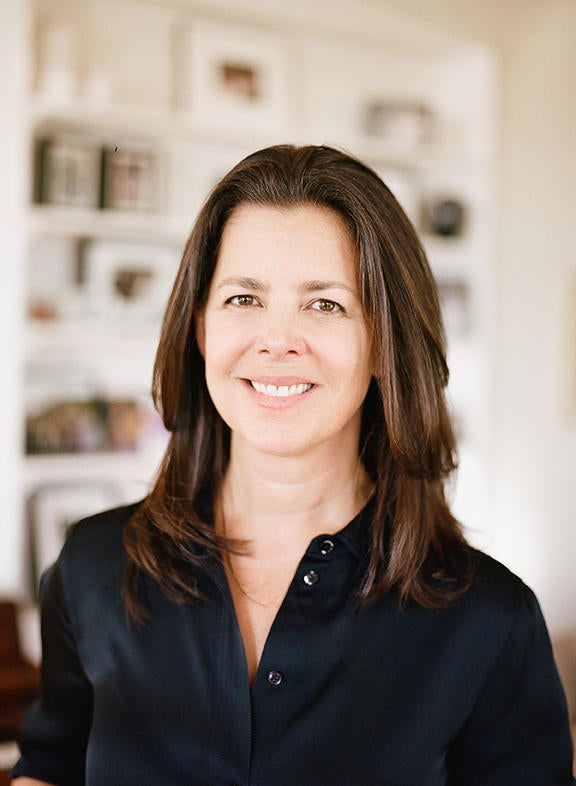Succession is not just HBO’s newest hit drama, it’s also a real pain point in the design industry (albeit a less-entertaining one). Designers dedicate their entire careers to creating a brand, often only to realize there’s no one to pass it on to. Luckily for Jeffry Weisman, he hired his successor more than 20 years ago, when she was fresh out of design school. Bryn Brugioni was Weisman’s first hire when Fisher Weisman got off the ground. Then in 2006, with Weisman and his partner (in work and life) Andrew Fisher’s blessings, Brugioni struck out on her own.
Now, nearly 15 years later, Brugioni is rejoining the firm, this time as a partner—on September 1, the firm will officially be rechristened Fisher Weisman Brugioni. We spoke to Brugioni and Weisman about their history together, the mutual respect that allowed them to stay friends while parting ways, and what advice they’d give to other firms going through this transition.

Tell me about your history together.
Jeffry Weisman: Bryn was my first assistant straight out of design school.
Bryn Brugioni: A friend of mine had interviewed with Jeffry and it wasn’t the right fit for her, but she said, “There’s this great guy who’s looking for someone and I think you’d be perfect for it.” And it worked from the minute I met him. It was just a great fit.
How long did you work together the first time around?
Brugioni: I worked for Fisher Weisman for 10 years.
Weisman: At the end of 10 years, Bryn came to Andrew and me and said, “I love you guys and this has been the best, but I’m a grown-up now and I’m ready to be a partner.” And we thought that was a fantastic idea, but we had a gigantic overhead in those days. As we looked at the numbers and the practicality of it, it seemed daunting. So, we agreed that she should go out on her own and that we would send her business and that, one day, we’d all work together again. We said it was like Diana Ross & the Supremes, someday we’ll be together!
Brugioni: I started out kind of small on my own. I would just take a few clients at a time and, over the years, it blossomed into a full business with a staff. And it’s been great, but I did always miss the dynamic of working with Jeffry and Andrew. We tested out working together again recently by taking on a client together. We didn’t skip a beat. It was exactly like it was 13 years ago. We know how to communicate and speak the same language. It just came back so naturally.
Weisman: What’s amazing is that when Bryn was young, (well, she’s still young!), but when she was a junior designer, how quickly we fell in sync. We just think the same way. It was always the easiest professional relationship that Andrew and I had with anyone. So, when she came back, it really truly felt like we’d never split up. We looked at each other after two weeks and said, “Were there really almost 15 years between our last project and this one?” It just seemed impossible that so much time had passed.
Brugioni: And we stayed in contact with each other socially. We met up regularly and I’d gone to visit them at their house in San Miguel [de Allende], Mexico. So, it’s not like we didn’t see each other, but there was no working relationship during that time.

So what brought you all back together?
Weisman: Now that Andrew and I spend almost half our time in Mexico, we realized we were at a point where we weren’t interested in managing the office anymore. It wasn’t working for us to be gone so much. Clients aren’t interested in having you part-time. There’s a lot you can do remotely now, but we just found that with the caliber of projects that we’re fortunate enough to get, it was not going to work for our clients to have a principal who wasn’t San Francisco–based all the time.
We got to a place where I said to Andrew: We either have to convince Bryn to come back or we need to retire. There was no way we were going to get someone trained and be comfortable with them in the time frame we’re working with. And with Bryn, there was no training necessary and our comfort level couldn’t be better. It was the best solution for everybody.
So many designers strike out on their own but aren’t able to maintain a relationship with their previous employer. How did you two manage to do this so gracefully?
Brugioni: I think part of it was that our clientele was not the same. Initially, I was taking on smaller jobs, so it wasn’t like we were competing with each other. But it never really felt competitive anyway. They sent me the work that they couldn’t do or if it was too small a job for their firm to handle. It was always mutually respectful. I always wanted them to succeed and vice versa. It was never an issue.
Weisman: Exactly. And you know, it’s funny, in all the decades of having great assistants—and I don’t mean to belittle anyone who’s worked for us, because we’ve had great, great people—it’s like when you meet the person you want to marry. Bryn was the one person who worked for us in all those years where I could go to the other side of the Earth and leave her in charge knowing that whatever judgment call she had to make would be the exact same choice I would have made. I’ve never had anything close to that with another employee.
Brugioni: We just think very much alike. We handle things very similarly. It’s just easy. It’s like, What would Jeffry do?, and I usually already know the answer. And it’s true not just from a design standpoint, but also from a business standpoint.
How will this transition alter the way the business is run?
Brugioni: I’m relatively stationary—I have to be because of my three children who are all still in school. So, I’m not going anywhere. But they’re all older and more independent now, so I have freedom and space to work all the time—which I do!
Weisman: And half of our clients remember Bryn from when she was here before.
Brugioni: Right, because there’s so much return business in this industry, it’s nice to get to work with some of these clients again after all this time.
What would your advice be to other firms that are thinking of bringing in new partners?
Weisman: Don’t wait until you need a partner to start thinking about who that is going to be. Bring someone up in the business. Make sure you have that level of trust and history, or you’re going to be in deep trouble. I think it’s a matter of knowing them. I’ve seen people who went as far as hiring headhunters to find a partner or a successor and I can’t imagine being comfortable with that.
Brugioni: I think because people are hiring you personally as their designer, it’s such a hard thing to pass on to someone unless they’ve worked with you and have a similar taste and the same business sense. It’s hard to know that if you’ve never worked with that person. I don’t know how you’d do it if you didn’t do it the way we did.




























